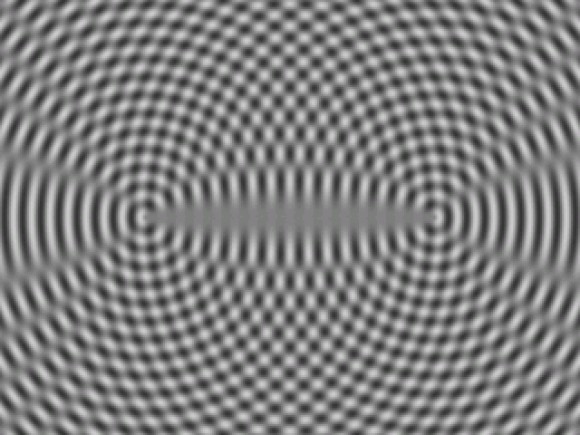OK, OK, I know, darkness is nothing but absence of light, so there can be no substantial darkness. Darkness, on its own, doesn't exist.
But, can we not get pretty close to this?
Can there be something - I don't know what, smoke, gas, clouds, fog, atmosphere, dark matter, whatever - that could be ubiquitous in the atmosphere in large areas, spanning whole cities or, in extreme cases, even whole countries, that would have the following properties:
- It would absorb light, therefore darkening areas it would affect. That it would be dark around would be its only visible trait.
- In places where this something would be moderately concentrated, bright day would present itself about as a night with a full moon - so while people could go around with a naked eye, they would have to use lamps to read; more severe concentrations would mean that even during a bright day strong reflectors would have to be used to not bump at the wall; in extreme cases no practically feasible amounts of natural or artificial light would help and people would simply see nothing.
- This differs this mysterious substance from stuff like smoke or fog; while both obstruct vision, both do this in a different way than simply reducing the amount of ambient light and are visible on their own.
- It would otherwise not be detectable in obvious ways. It would have no smell, it would not obstruct movement, it would not make people breathing it in ill, etc etc.
- It would be ubiquitous, reaching wherever air would reach. So air purifiers wouldn't help. Nor would help shutting oneself in a cellar or a bunker, unless this cellar or bunker had no air supply. However, shutting oneself in an extremely air-tight room and scientifically synthesising air somehow would help.
Can such a substance exist? What would it be like? Could a Dark Lord realistically summon such a substance without having to resort to supernatural explanations?

